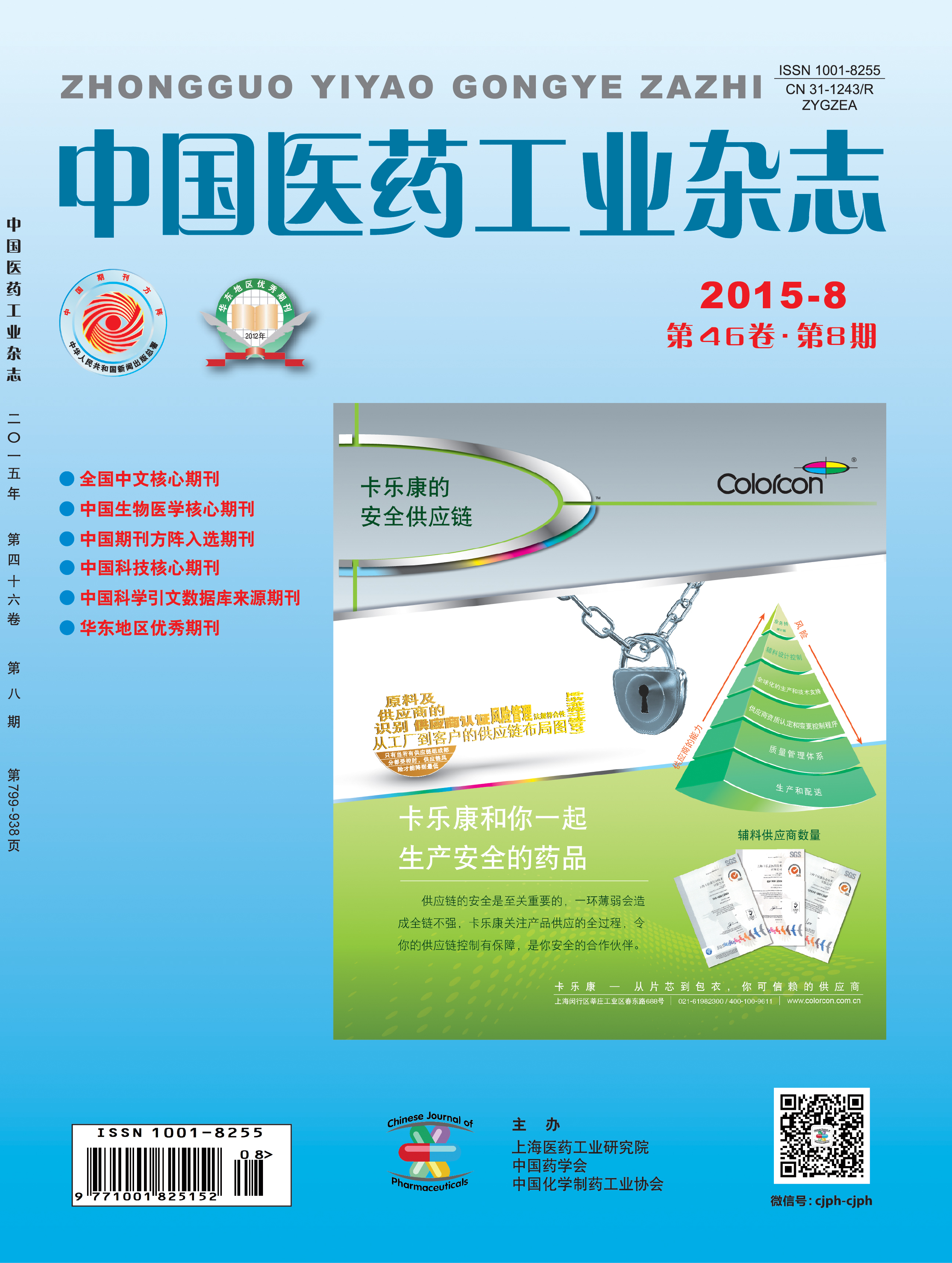SUN Jie, SHI Jinmin, WENG Linlin, CHEN Guiliang, TANG Liming*
The differences of tissue distribution and systematic toxicity in rats were compared between inhalation and intravenous injection of tobramycin(1) for 7 days. Its concentrations in main organs were determined by LC-MS/MS, and then the histopathological examination of sections from heart, liver, spleen, lung and kidney was conducted. The results showed that the drug proportion in lung was the highest (64.33%) in inhalation group, followed by kidney (31.04%). While in injection group, the drug proportion in kidney was the highest (84.38%), followed by liver (12.82%). The results of histopathological examination showed there were no abnormalities in all examined organs in inhalation group, but some pathological changes occurred in kidney and liver in injection group, such as cellular necrosis and inflammatory infiltration, etc. In conclusion, inhaled administration of 1 resulted in a higher drug dose in lung compared to intravenous administration, as well as a significant reduced drug distribution in other organs and a reduced systemic toxicity.
